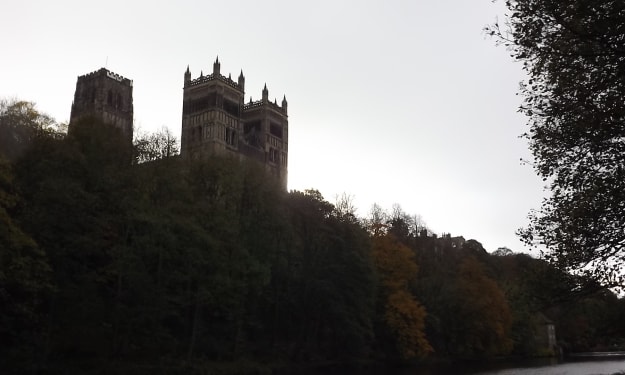The Antonine Way, Scotland
This interrupted walk takes you along the course of the Roman Empire’s northernmost limit

Most people have heard of Hadrian’s Wall which was built on the orders of Emperor Hadrian across northern England and completed around the year AD 128. The Emperor had decided that there was a limit as to how far north the Empire could be extended, and this was it. Although he was happy for trade to continue with the people living north of the Wall, he saw no point in imposing Roman rule on them and undertaking the expense of so doing.
However, his successor as Emperor had other ideas. This was Antoninus Pius, who ruled from 138 to 161. He believed that the Empire could include the whole of what is now Northumberland and southern Scotland, and so he ordered the building of a new wall to link the Firth of Clyde to the Firth of Forth. This marks the ‘waist’ of Scotland and is therefore a distance of only 37 miles as opposed to the 73 miles of Hadrian’s Wall.
Despite the much shorter distance and inferior structure – turf-faced earth ramparts as opposed to solid stone – the new wall took longer to complete, namely twelve years from 142 to 154. Antoninus was, however, confident that he had gone one better than his predecessor and Hadrian’s Wall was allowed to fall into disrepair as the border moved to its new location.
The Emperor’s confidence was not shared by his own successor, namely Marcus Aurelius. This was mainly because the reign of Antoninus was remarkably peaceful and he faced no serious threats from north of his wall, or anywhere else for that matter. Marcus Aurelius was not so lucky and decided that Hadrian’s Wall was preferable to Antoninus’s as a defensible position. The Antonine Wall was therefore abandoned.
Finding the Antonine Wall
This is not at all easy, for the reasons mentioned above. Without constant maintenance an earth rampart is always going to be subject to erosion, especially in a country that is subject to as much wind and rain as Scotland!
Another problem is that whereas Hadrian’s Wall strode for the most part across barren open countryside and made use of dramatic natural features such as the Great Whin Sill, the territory crossed by the Antonine Wall has been used for many other purposes in the years since its abandonment, such as the construction of towns and the links between them. The western part of the route is today covered by the urban sprawl of Glasgow and its surrounding communities.
The Wall might never have been re-discovered, and partly preserved, had it not been for the work of William Roy, a surveyor and antiquarian who located and mapped as much of it as he could find in 1764.
Walking the Way
The fact is that you cannot ‘walk the Wall’ in the same way that you can at Hadrian’s Wall. However, there are a number of short walks you can undertake from which you can view what remains of the Wall at various points along its length. Here are some suggestions, from east to west:
Falkirk
There is a well-defined section of Wall in the grounds of Callendar House, on the southern edge of Falkirk.
Further west is a section at Tamfourhill, to the south of Camelon (a suburb of Falkirk). A walk here can take you along the Forth and Clyde Canal and you should not forego the opportunity to visit the amazing Falkirk Wheel that lifts boats between the Forth and Clyde Canal and the Union Canal.
Rough Castle (near Bonnybridge)
This is the best preserved fortification to be seen on the Antonine Wall, with its ramparts and ditches clearly visible. There is a half-mile length of the wall that you can walk along here in open countryside, with views to both north and south.
Other sections
Short sections of the Wall can also be seen at Polmont Wood (near Grangemouth at the eastern end) and Seabegs Wood (parallel to the Forth and Clyde Canal, west of Bonnybridge)
About the Creator
John Welford
I am a retired librarian, having spent most of my career in academic and industrial libraries.
I write on a number of subjects and also write stories as a member of the "Hinckley Scribblers".






Comments
There are no comments for this story
Be the first to respond and start the conversation.